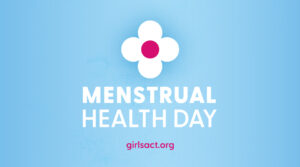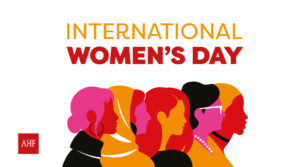Has it happened to you that you run your fingers through your neck and notice lumps, as well as some pain, just below your jaw, at the level of your ears? If you have already gone through some health problems, you know that there are two lymph nodes in that place, and that if they have increased in size, it is a sign that there is an infection.
Lymph nodes are part of the immune system, their job is to filter substances carried by lymphatic fluid and also contain white blood cells (lymphocytes) that are responsible for fighting infections or diseases.
According to the Medical News Today site, dedicated to the dissemination of medical information, there are around 600 lymph nodes throughout the body. While some are in deep tissues, others are found in clusters, very close to the skin’s surface.
The relationship with HIV
When lymph nodes become swollen, they can be felt through the skin in some areas of the body, such as on the sides of the neck, under the chin, in the armpits, and in the groin. If this happens, it is a sign that the body is fighting an infection.
From very early on in the HIV pandemic, inflammation of these structures began to be associated with an early sign of infection by this virus. This is not far from reality. When the body detects that the virus has entered and begins to fight it, the person may have symptoms similar to those of a flu, a condition that doctors call seroconversion, that is, the process by which the body begins to produce antibodies against the virus. HIV, and it replicates rapidly in the blood.
Some symptoms of seroconversion are fever; fatigue; rash; Muscle pain; night sweats; throat pain; swollen lymph nodes in the neck, armpits or groin; ulcers or lesions around the mouth or genitals, and nausea with or without vomiting. However, not everyone experiences these types of symptoms.
HIV attacks a specific type of defense cells in the body, called CD4 cells, and destroys them. If the person does not receive treatment, the damage continues until the immune system is so weak that it is no longer able to fight infection.
When the number of CD4 cells falls below 200 cells/mm3 of blood, the person is considered to have stage 3 of HIV, the most advanced stage, or stage of AIDS. At this point, the immune system is so damaged that various infections can set in, and this can lead to swollen lymph nodes.
In some cases, swelling of these nodules is among the first signs of a stage 3 HIV infection, and the swelling can last for more than three months.
Go to the doctor
Inflammation of the lymph nodes is not exclusive to HIV, it can occur due to a wide variety of infectious agents. Remember that it is impossible to diagnose HIV by symptoms alone, since many of them are not exclusive and can be a sign of other diseases. The only accurate way to know if you have HIV is to get tested.
Although they are a non-specific symptom, swollen lymph nodes could be a greater cause for concern if:
• Keep growing
• Have been inflamed for two weeks or more
• sit hard
• They don’t move when you press them.
• Are accompanied by night sweats or very high fever for more than 3 or 4 days
• There are no other symptoms of disease
In these cases, it is best to consult a doctor as soon as possible, who will perform a physical examination and inquire into your recent activities, as well as other possible symptoms.
And if you haven’t had a test yet, but you think you may have been exposed to the virus, go to one of the AHF Latin America and Caribbean offices, where we do free HIV tests. Locate our office closest to you, we are in 11 countries in the region.






